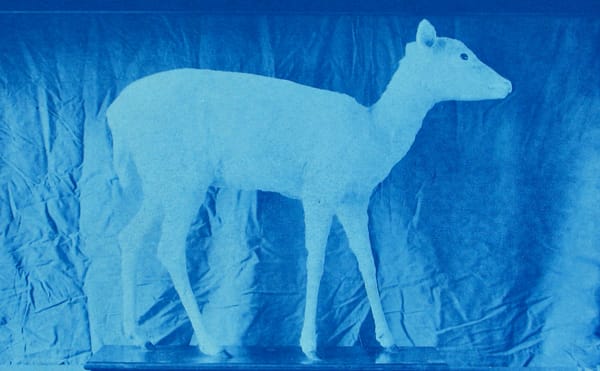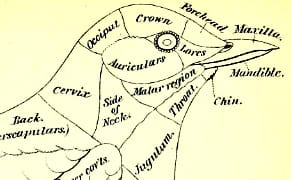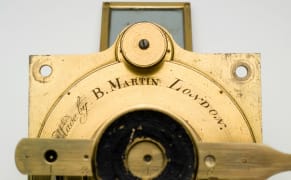
Art
The First Known Depiction of the Cosmos Adorns a 3,600-Year-Old Disk
Discovered in 1999 in Germany, the 3,600-year-old Nebra Sky Disk is recognized as the oldest known depiction of cosmic phenomena.

Art
Discovered in 1999 in Germany, the 3,600-year-old Nebra Sky Disk is recognized as the oldest known depiction of cosmic phenomena.

Art
Researchers at the Morgan Library & Museum in New York are capturing the smell of its old books to reconstruct the building's 1906 aroma.

Art
Seeing Science from the University of Maryland, Baltimore County, is a yearlong online project that explores photography's role in defining, promoting, and furthering science.

Art
The Foldscope is a $1 microscope made from waterproof paper that's designed to decrease the barrier of entry to scientific exploration.

Art
Wolfgang Buttress's “The Hive” is an environment designed to amplify public awareness of the critical situation of bees.

Art
WASHINGTON, DC — An effort to describe the diversity of birds led to one of the first modern color systems.

Art
CORNING, NY — To closely inspect the evolution of the microscope, the Corning Museum of Glass is highlighting the lens-making behind the optical tool.

Art
A century has passed since Albert Einstein published his general theory of relativity, which at its core demonstrates that space and time are connected, and both involved in gravity.

Art
CORNING, NY — The 19th-century glass models of marine invertebrates created by father-son duo Leopold and Rudolf Blaschka were intended to capture as accurately as possible the delicate bodies of underwater creatures.

Art
Exotic animal visitors to Europe in the 18th and 19th centuries were more frequently dead than alive.

In Brief
Some scribbles dismissed in the 1920s by the then-director of the Victoria & Albert Museum as "irrelevant notes and diagrams in red chalk" were recently revealed to represent Leonardo da Vinci's first record of the laws of friction.

Art
Before coming across an unusually calligraphic painting of a mountain, Williams College Museum of Art Curator Kevin Murphy considered the turn-of-the-century artist Abbott Handerson Thayer "a one slide guy," a man known for portraits of placid angels, who in an art history class might get one mentio